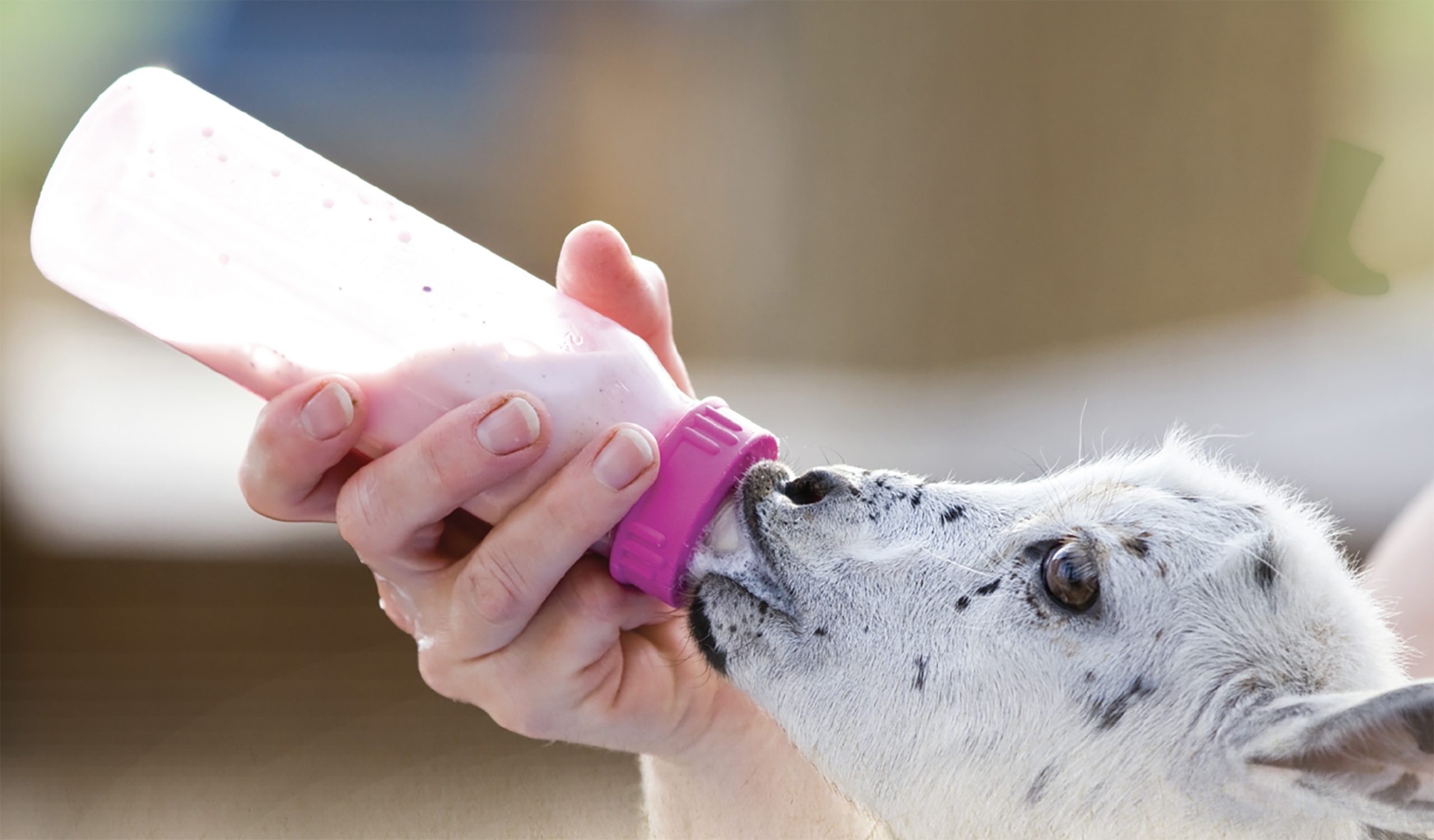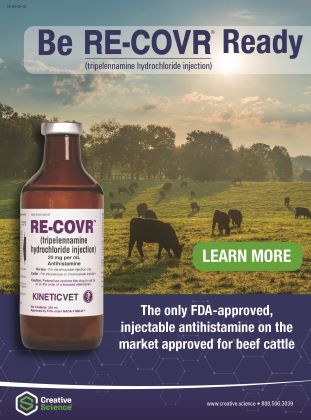Colostrum Management for the Dairy Goat Kid

Colostrum Management for the Dairy Goat Kid
By Jennifer Bentley, Dairy Field Specialist, Iowa State University Extension and Outreach
Feeding kids the correct amount of high-quality colostrum immediately after birth is one of the most important management practices in kid management. Colostrum is so important that sometimes it is called “liquid gold”.
The Importance of Colostrum
All mammals produce colostrum. It is the thick, yellowish, first milk produced by the female after she gives birth. Colostrum is rich in energy, protein, vitamins, and minerals. Most importantly, it contains maternal antibodies that help protect the newborn from disease pathogens during the early part of its life.
At birth, the kid does not carry any antibodies against these organisms because antibodies in the doe’s bloodstream do not cross the placenta. However, these antibodies are concentrated in the colostrum and provide a natural and efficient source of protection against many intestinal, respiratory, and other diseases.
Vaccinating for diseases such as enterotoxemia and tetanus prior to kidding is important, since antibodies against these diseases will then be contained in the colostrum. Additionally, colostrum provides the energy needed to stay warm and acts as a laxative to ensure excretion of meconium.
Three Keys to Colostrum Feeding
Kid managers should focus on three factors: timing of feeding, the quantity fed and colostrum quality.
1. Feed colostrum as soon as possible.
The immunoglobulins found in colostrum are large proteins. Kids have openings in the small intestines to accommodate the protein’s absorption-but these openings close shortly after birth. Absorption of these antibodies is most efficient the first few hours after birth. Ideally, kids should receive half of their colostrum within the first four hours of birth and the total colostrum amount within 24 hours. After 24 hours, the kid’s ability to absorb antibodies has diminished.
2. Feed colostrum at a minimum of 10 percent of the kid’s bodyweight.
This means that a 10 pound kid should receive 16 ounces of colostrum within 24 hours of birth.
Colostrum should be fed at body temperature (102- 103 F). Kids that are too weak to bottle-feed can be fed using a stomach tube. Measure and mark how far the tube needs to go in by starting from the kid’s nose, to center of the ear, and back down to the kid’s last rib.
3. Use high-quality colostrum.
High quality colostrum contains 50 mg or more of immunoglobulin-G (IgG). The concentration of IgGs decreases rapidly after parturition. The sooner colostrum is harvested from the doe, the better. Once colostrum is collected, it should be fed within 1-2 hours of collection or refrigerated immediately. If refrigerated, it should be fed within 24-48 hours to limit bacterial growth. If not fed within that time period, freeze in small quantities as previously mentioned.




